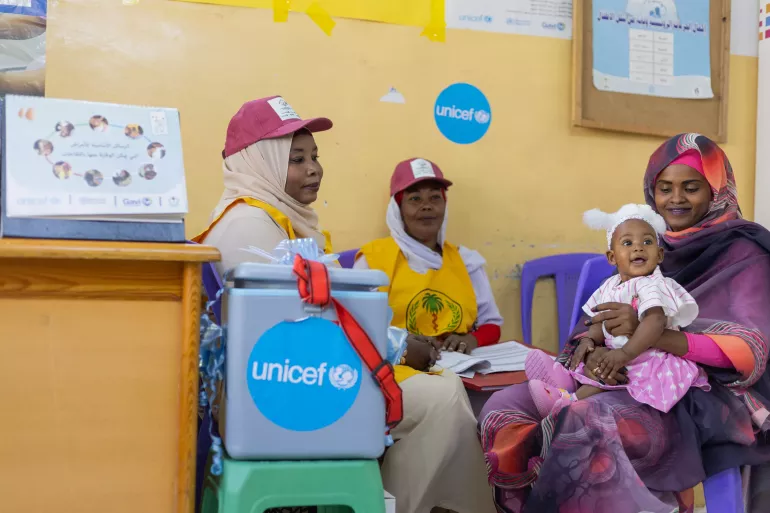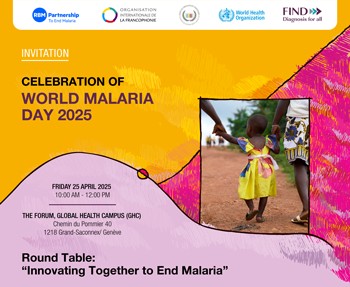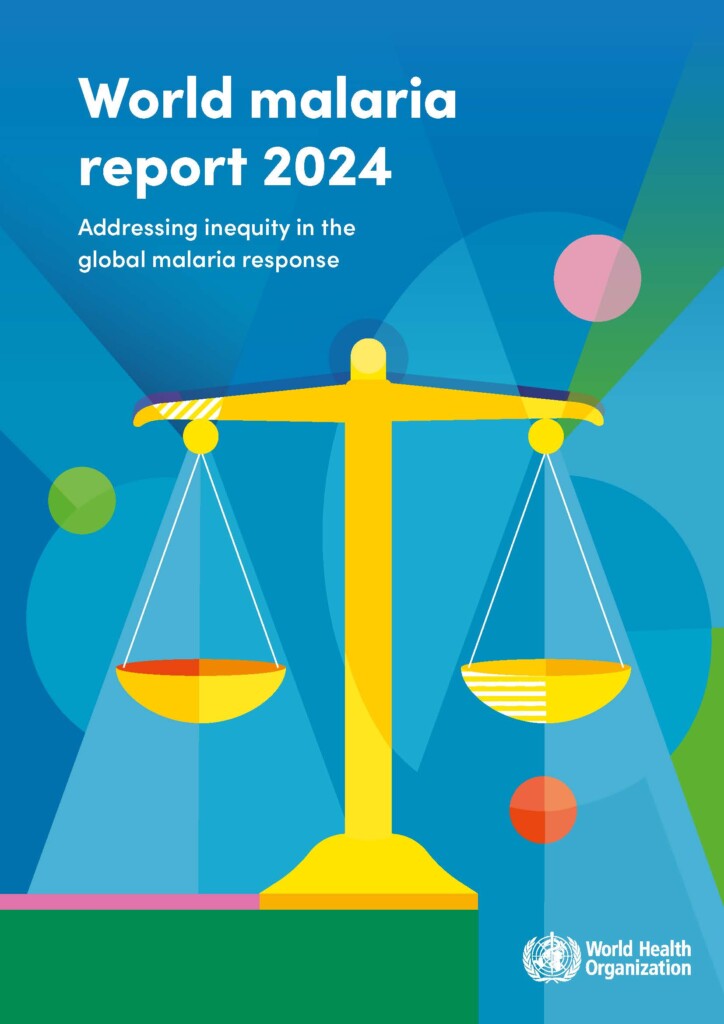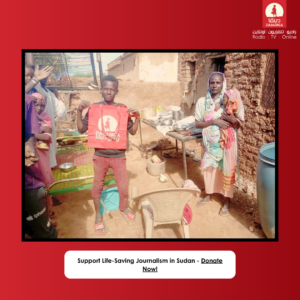World Malaria Day: WHO stats show massive surge amid war in Sudan

Child receives malaria vaccination as part of first campaign (File photo: UNICEF Sudan / Elfatih)
As the world observes World Malaria Day today, Sudan braces itself for an escalating malaria threat worsened by the ongoing conflict and the further collapse of its healthcare system. While the disease remains a persistent threat globally, Sudan’s burden is among the highest in what they term the ‘Eastern Mediterranean Region’ according to the World Malaria Report 2024 by the WHO, where Sudan’s malaria cases surged from 2.4 million in 2000 to more than 6.2 million in 2023, with deaths nearly tripling to more than 17,000 last year.
As the war in Sudan has led to the collapse of 70 to 80 per cent of hospitals in conflict-affected areas, nearly two-thirds of the population is now without access to basic healthcare. According to the International Organisation for Migration (IOM), Sudan currently has the highest number of internally displaced people (IDPs) globally since 2008. These two factors have significantly hindered the emergency response to malaria, and instead contributed to its spread, among the millions now living in overcrowded camps and shelters, where they are exposed to stagnant water, poor sanitation, lack of mosquito protection, and a very limited access to medication, particularly the vulnerable groups of children, women, and the elderly.
Despite Sudan being labelled a ‘low transmission’ country in the WHO assessments, Sudan’s persistent emergencies, fragile infrastructure, and unreliable medical supply chains have ensured that the burden of malaria remains disproportionately high. Dabanga has consistently highlighted the catastrophic impact malaria has on Sudan, often primarily affecting children and the elderly, with many unable to afford the rising costs of treatment, hospitals overcrowded and facing shortages of medical staff and medicines.
Malaria is one of the world’s deadliest diseases, killing nearly half a million children under the age of five each year in Africa, according to the WHO. Sudan had the highest malaria incidence rates in the WHO Eastern Mediterranean Region, according to 2023 WHO figures.
While malaria remains a preventable and treatable disease, the ongoing war in Sudan has made its mitigation impossible. As the collapse of healthcare infrastructure disrupts the emergency health responses, the civilians become more unable to access healthcare, particularly those who are vulnerable. The widespread displacement further contributes to the catastrophe.
* Malaria is a life-threatening disease spread to humans by some types of mosquitoes. It is mostly found in tropical countries. It is preventable and curable. The infection is caused by a parasite and does not spread from person to person. Symptoms can be mild or life-threatening. Mild symptoms are fever, chills and headache. Severe symptoms include fatigue, confusion, seizures, and difficulty breathing. Infants, children under five years, pregnant women and girls, travellers and people with HIV or AIDS are at higher risk of severe infection. (Source: WHO)
Malaria vaccines have been in development since the 1960s, with substantial progress in the last decade. On October 6, 2021, the World Health Organization (WHO) recommended the widespread use of the first malaria vaccine among children living in sub-Saharan Africa and other regions with moderate to high malaria transmission. Two years later, the WHO approved a second malaria vaccine for use in malaria-endemic countries.













 and then
and then